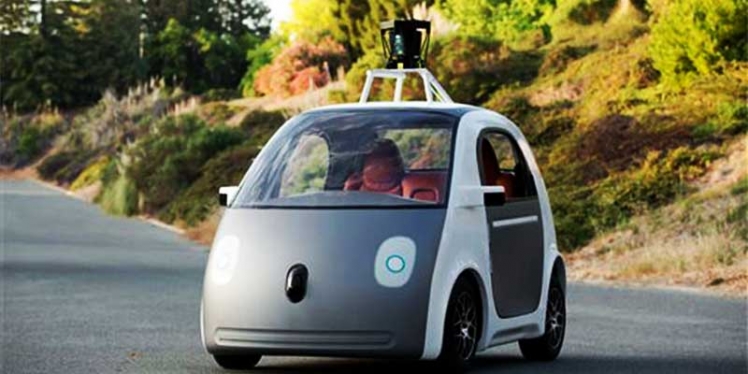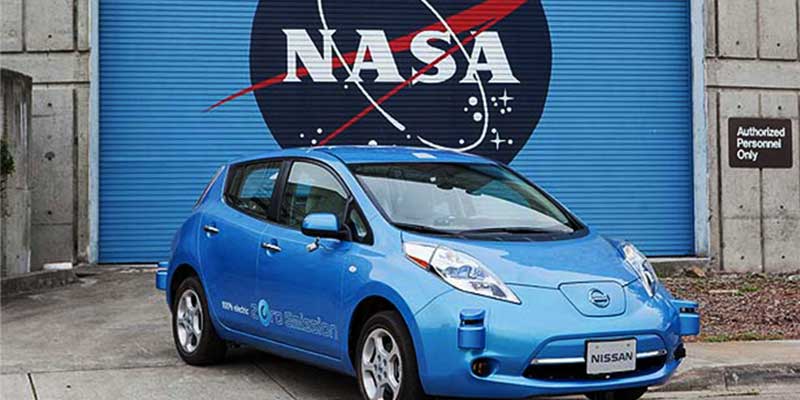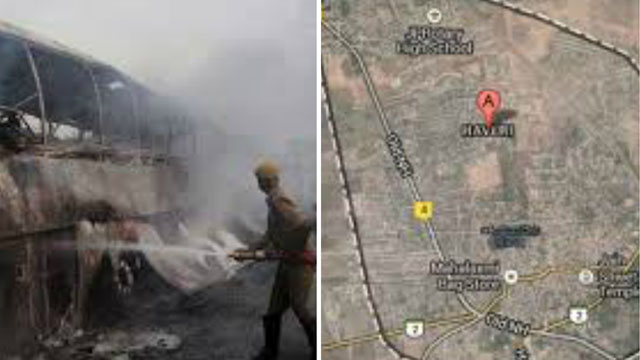Driver-less vehicle would look like and how the riding experience in it would be? NASA and Nissan motors are hoping to make it a reality by the year 2020.
Ever wondered if Indian driving conditions would get a facelift?
I mean the reckless driving, misfortunate accidents, overtaking, signal-jumping and sudden breaking all need to be stopped somehow to prevent loss of precious lives.
Going by the driving skills of most impatient Indians, this doesn’t seem like a possibility for years to come. But wait! International motor brands are coming up with nifty solutions to tackle this problem of road safety for most countries which would work wonders in India! Yes, you heard it right! Driver-less autonomous cars are being developed to transform our commuting experience.
An amazing feat on the cusp of arrival in the near future.
After Ford motoring company’s announcement at CES 2015 about development of LiDAR(Light Detection and Ranging) guided vehicles (which will have spinning eyes that fire bursts of infrared light to scan the driving surface when they rotate), NASA and Nissan motors have also announced a similar venture to promote road safety.
Nissan Motor Company’s American division and NASA have released a joint statement about the formulation of a five-year R&D partnership to develop autonomous vehicle systems with a commercial outlook.
The statement released by the Stallion Group (authorized distributors of Nissan vehicles) reveals that researchers from NASA’s Ames Research Center in California and Nissan’s U.S. Silicon Valley Research Center and are focusing on autonomous driver systems and human-machine interface solutions. They will also research on software analysis and verification.
The research aims to stress-test an entire fleet of zero-emission driver-less vehicles at the NASA Ames Center to demonstrate remote operation of autonomous vehicles for the transport people and goods. The first vehicle test will begin by the end of year 2015.

NASA’s role in this venture is putting-in its know-how of their patented ‘Mars rover’ technology and ISS (International Space Station) robot technology that is controlled from a mission control centre based on Earth. Nissan has set 2020 as the possible deadline for the introduction of such autonomous driver-less vehicles on overpopulated roads such as the ones we see in India. These cars will successfully navigate in all weather situations and the road conditions, specializing in city driving.
NASA’s space age technological advancements and Nissan’s quality of motor vehicles will go hand in hand to deliver space age technology at affordable prices for the masses. Autonomous vehicles scan the driving surface with a multitude of motion sensors, cameras, night vision and sound detectors. The prototypes developed earlier by researchers are so effective that they immediately stop gradually when detecting traffic ahead. However, they are manned vehicles where the human doesn’t drive the vehicle, but controls a few programming codes. This new venture is aimed at bettering the current technology and making it commercially feasible.
With this partnership’s fruitfulness in the near future, Indians will benefit a lot from its outcome. Traffic accidents will drastically reduce in number. Public transport too may see a wondrous improvement; all such vehicles will not overtake and ply within stringent vehicular speeds limited for them.
This technology is quite similar to what was showcased in Arnold Schwarzenegger’s movie Total Recall where the taxi’s he takes are all driven on this technology.
How wonderful would that be when it comes to Indian roads!





